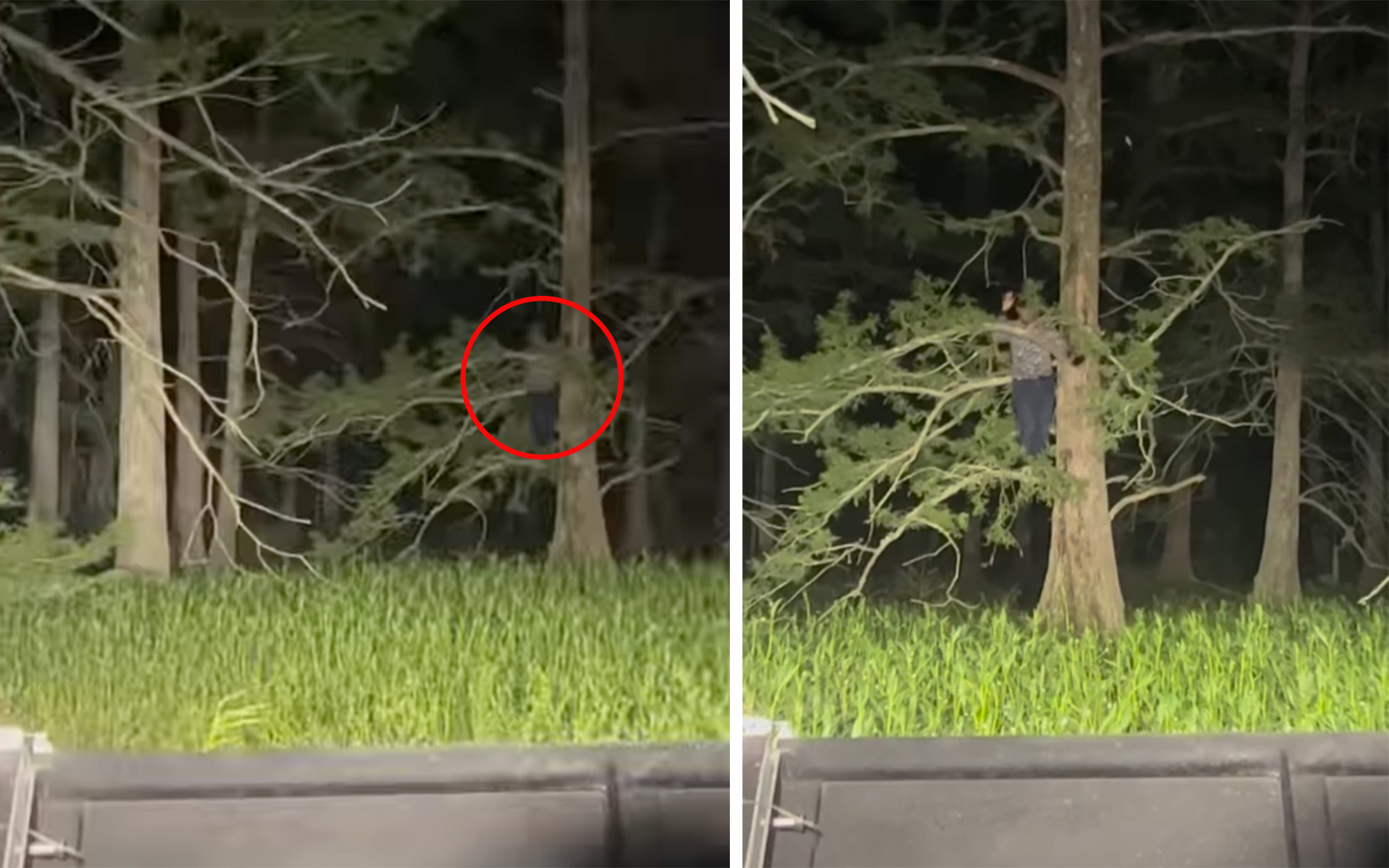We may earn revenue from the products available on this page and participate in affiliate programs. Learn more ›
Benjamin entered the world of big-bore airguns more than a decade ago with the innovative Rogue, which was better in theory than in application and didn’t last long. The company’s second foray into big bores has been much more successful. The Benjamin Bulldog was first released in .357 caliber, which was followed by .457 and .257.
Able to generate up to 300-foot pounds of energy, the .357 was a capable medium-sized critter-taker in the right hands. The .457 brings more power to the game, with energy that can top 400-foot pounds. It’s plenty accurate for hunting and, while certainly not suited for urban backyard plinking, it is moderately quiet considering its power. I’ve been testing the .457 for several months. Here are some highlights:
Specs
- Type: PCP
- Action: Repeater
- Caliber: .457 (also available in .257 and .357)
- Projectile type: Slugs, round balls, pellets
- Feet per second: 926 (round ball); 772 (279-grain slug)
- Energy at muzzle: 450 foot pounds
- Sights: No sights; 26-inch long Picatinny rail for mounting optics
- Length: 36.3 inches
- Weight: 8.7 pounds
- Required accessories: Air source (tank, compressor, or pump)
- Price: $1,099 (MSRP)
Pros
- Powerful
- Accurate
- Simple operation
- Reasonably compact
- Moderately priced
Cons
- Not backyard friendly
- Slugs can get pricey
- Polarizing styling
Bulldog .457 Overview
When I first saw the Bulldog, I couldn’t help but imagine it in the hands of a futuristic warrior in a sci-fi film. Even for a bullpup, it features aggressive styling. You’ll probably either love it or hate it. Some of the styling is functional, like the trapezoidal shroud, which does a good job of taming the gun’s bark despite its baffleless design. The barrel end also features M18 threads to accommodate a suppressor. I never tried one, but I am certain a suppressor would reduce the noise to the point where the Bulldog could be a sensible choice for hunting in areas where you want to remain quiet.
The bullpup design means that Benjamin is able to fit a 28 ½ barrel into a package that is just a touch over 36 inches long (in .457). A Picatinny rail runs the full length of the barrel for optics mounting. A longer air tube on the .457 precludes the 5-inch rail on the bottom of the barrel found on the smaller calibers. The gun looks heavier than it is, but at 8.75 pounds without a scope, it’s still heavy enough that you will want to use a sling if you plan to carry it in the woods.
The .457 version uses a shot tray that holds two slugs, so this is technically a 3-shot repeater, including the round in the breech. It features a male Foster fitting for filling, with a max pressure of 3000 psi. Theoretically, you could use a hand pump to fill the Bulldog, but you won’t find many folks willing to do that kind of work after every third shot.

At the Range
I tested the rifle with Benjamin’s 279-grain slugs and Hornaday’s .457 round balls (pictured above). Many other .457 slugs are available. No matter what ammunition you use, the unregulated Bulldog will experience shot-by-shot power depletion. When I top the tank off to 3000 psi, I am able to get three decent shots out of a fill. I prefer to use a 4500 psi tank so I can get that full fill, just making sure to be careful not to overfill. If that were to happen, the Bulldog features a convenient de-gassing screw that can be opened with a 3/32 hex head just ahead of the fill port.
At the range, I leave my tank connected to the fill port for convenience. Hunters who think they may need more than three shots will need to carry a portable tank. While shooting the heavy Benjamin slugs, the first shot would typically be in the 765-775 feet per second range. The second shots were typically about 20 fps lower, and the third shot in the 715 to 720 fps range. That equated to an energy range of roughly 315-foot pounds on the third shot to 370-foot pounds at full power.
With the lighter (144-grain) round balls, velocity topped out at about 940 fps and dropped to about 860-870 fps by the third shot. That equates to a peak of about 280-foot pounds of energy. The side-pull bolt is impressively smooth. Round balls fed much easier than slugs using the shot tray. I found the slugs to be a little temperamental.
Even with the velocity variations across the three shots, accuracy was quite good. At 50 yards, 1.5- to 2-inch groups were the norm. That’s not anything close to what is possible with a good, regulated, small-caliber PCP, of course. But this isn’t a target gun. It’s a hunting gun and that accuracy is plenty good for field work.
I outfitted the Bulldog with the great Hawke Airmax 4X-16X scope for testing. This scope was great for the range, but the Bulldog would do well with lower magnification for hunting, given that it’s really a 75-yard-and-in gun for hunting deer-sized game (be sure to check your local regulations for hunting with airguns). The two-stage trigger was good, which is what we’ve come to expect from Benjamin PCPs. The wall was fairly solid, and the break was pretty clean.

Final Thoughts
The number of good big-bore airguns continues to grow, offering hunters more and more options for ethically hunting medium to large game. The Benjamin Bulldog in .457 deserves consideration in that arena. It packs good power and solid accuracy into a reasonably compact package. Offering three effective shots from a full fill also means that it’s possible to hunt without carrying a spare air tank. And while the styling isn’t for everyone, it’s sure to draw attention at the range, which is always fun.
Read the full article here




